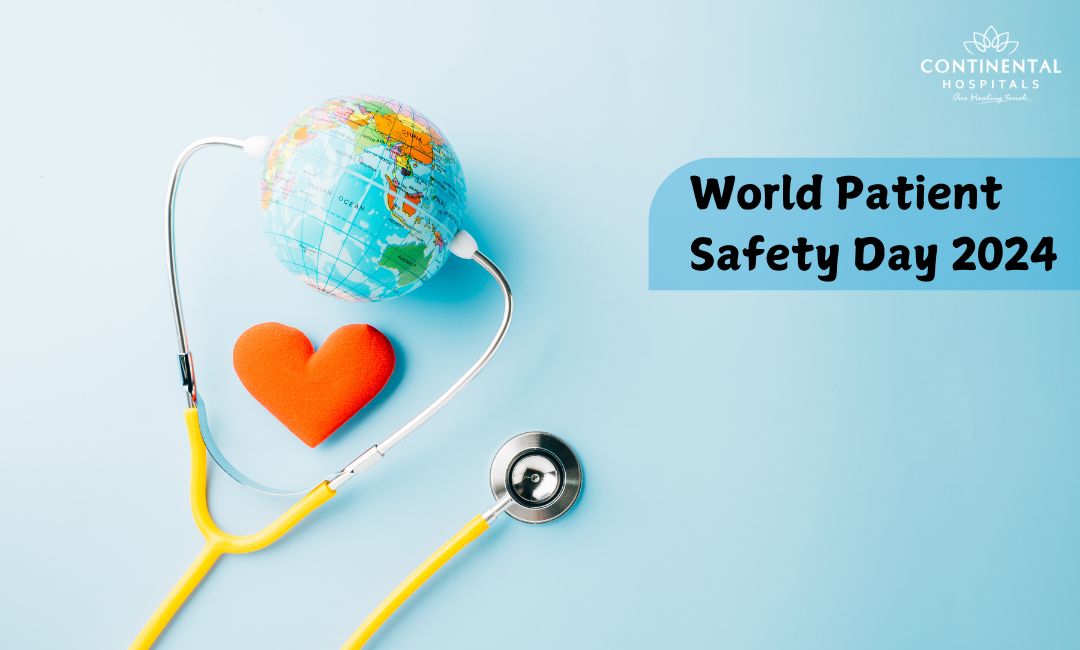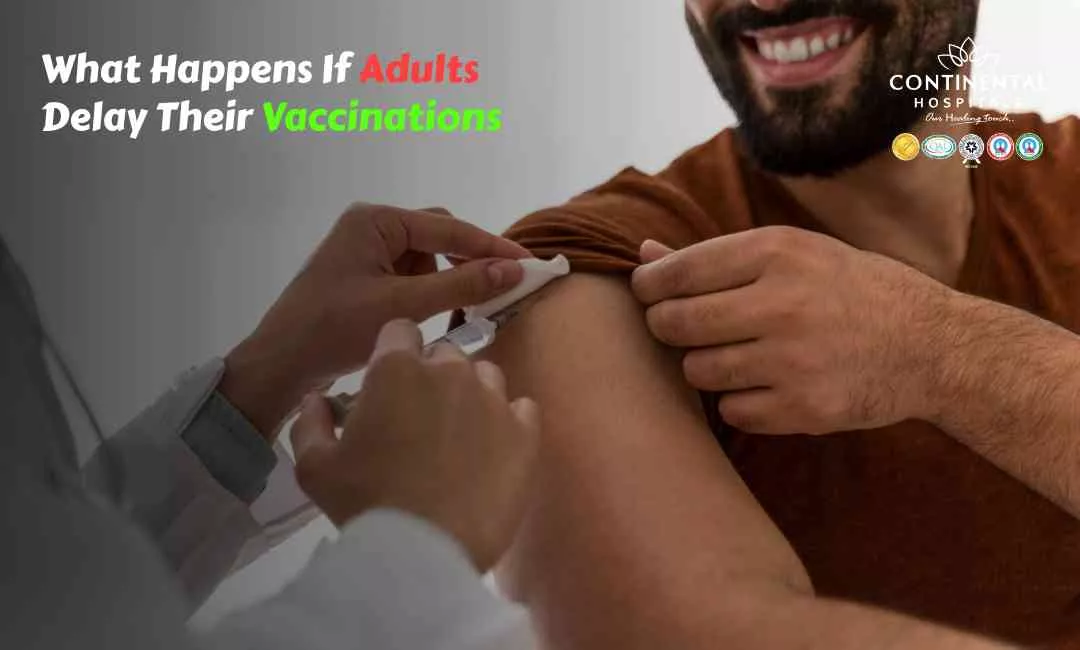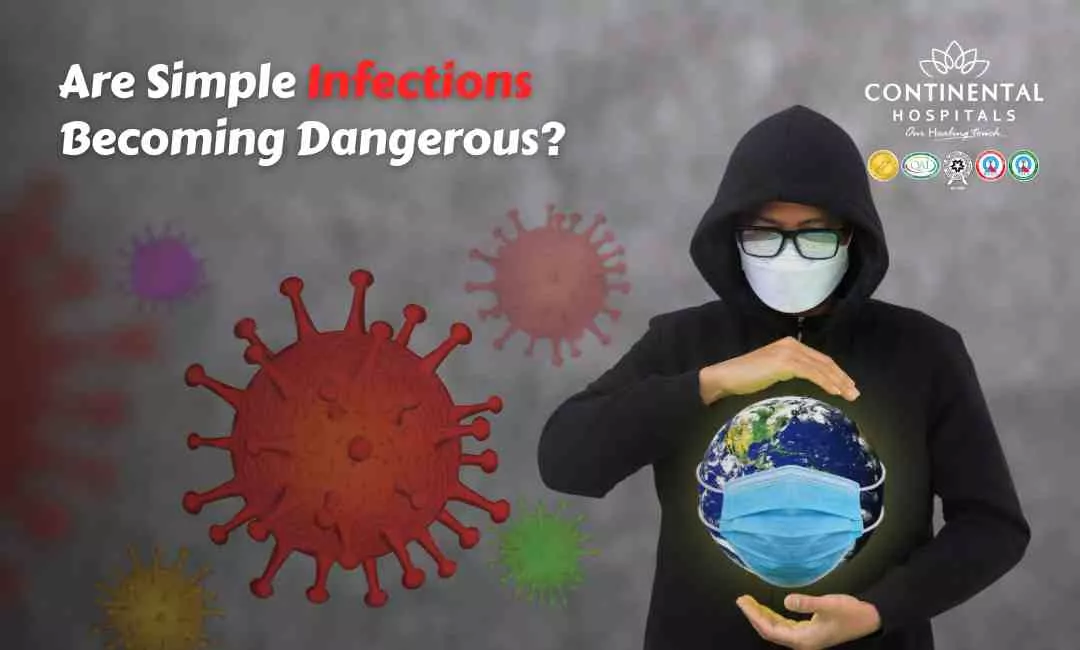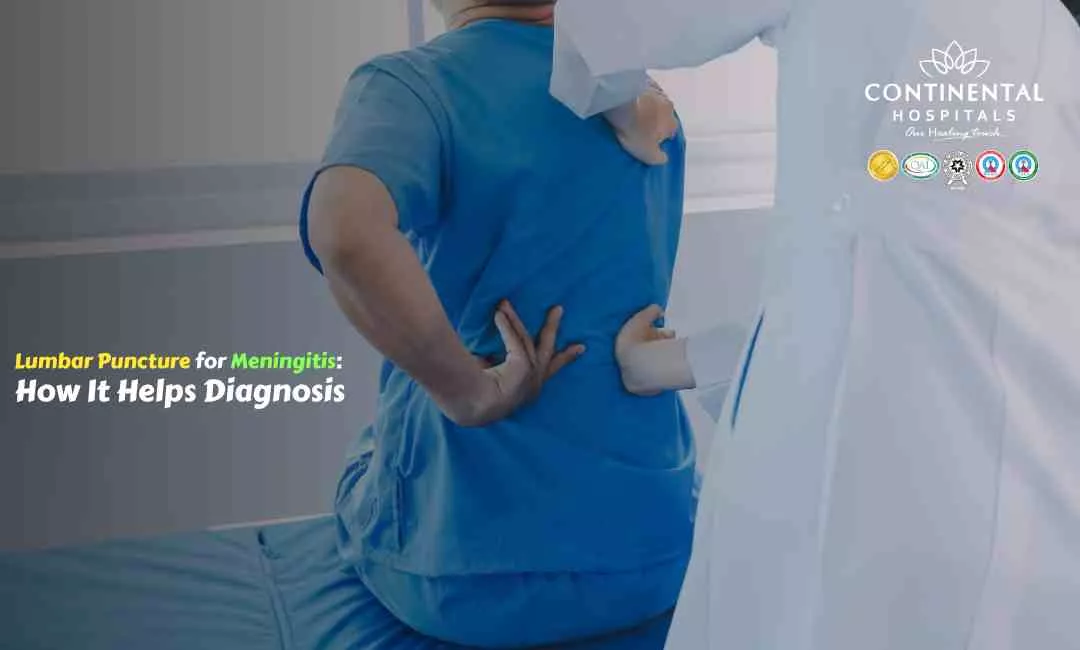Every year, World Patient Safety Day is observed on September 17th, to raise global awareness about the importance of patient safety. In 2024, the theme centers on medication safety, a critical aspect of healthcare that can significantly impact patient outcomes. Medication errors are a major concern worldwide, causing unnecessary harm and even death in some cases. With millions of people relying on medications to treat illnesses and manage chronic conditions, ensuring the safe prescription and administration of these treatments is paramount.
In this blog, we will delve into the key aspects of medication safety, explore the global and Indian perspectives on patient safety, and highlight how Continental Hospitals is playing an active role in providing top-tier care, in alignment with World Patient Safety guidelines.
Understanding Medication Safety
Medication safety is about ensuring that medicines are prescribed, dispensed, and administered correctly to minimize harm. Errors can occur at any stage of the medication process—from prescribing and dispensing to administration and monitoring. According to the World Health Organization (WHO), unsafe medication practices and medication errors are one of the leading causes of avoidable harm in healthcare systems globally.
Medication errors can happen due to various factors, including:
🥗 Healthy Plate Challenge
🍽 Add Your Favorite Dish
Pick Your 6 favorite foods, eat, and see the results.Drag & drop foods onto your plate.
Drop Food Here
- Miscommunication between healthcare providers and patients
- Poor documentation or unclear prescriptions
- Incorrect dosage or medication timing
- Lack of patient education about their treatment
- Inadequate systems to monitor the effects of medications
With the right strategies and safety protocols, most of these errors can be prevented. In India, where healthcare services are growing rapidly, addressing medication safety is crucial to ensure patient trust and safety in the system.
Global Guidelines for Medication Safety
The WHO has established a Global Patient Safety Action Plan (2021-2030), which provides a comprehensive roadmap for improving patient safety worldwide. One of its key focus areas is medication safety. The plan emphasizes the need for:
- Standardized procedures for medication management
- Enhanced communication between patients and healthcare providers
- Education and training for healthcare workers on the importance of medication safety
- Leveraging technology to monitor and reduce medication errors
In addition to this, WHO launched the "Medication Without Harm" initiative, aiming to reduce severe, avoidable medication-related harm by 50% globally over the next five years. This initiative encourages healthcare facilities and governments to implement better systems for ensuring that medications are prescribed and taken correctly.
Indian Perspective on Medication Safety
In India, the healthcare system is undergoing significant transformations, with more emphasis on patient safety and quality of care. However, medication safety remains a challenge due to the complexity of the healthcare delivery system. India is home to diverse healthcare providers, and ensuring standardized practices across all facilities is critical.
The Indian government, along with healthcare bodies, has been actively working to address these issues by adopting WHO’s global guidelines and introducing national safety protocols. The National Patient Safety Implementation Framework (NPSIF) 2018-2025 is India’s action plan for improving patient safety, including medication safety. This framework emphasizes:
Improved prescription protocols
- Ensuring access to accurate information about medications for patients and providers
- Training healthcare professionals to avoid errors during the prescription, dispensing, and administration phases
- Encouraging the use of electronic medical records to minimize human error
Understanding the Impact of Diagnostic Errors
Diagnostic errors can have serious consequences for patients. An incorrect diagnosis can lead to inappropriate treatments, delays in receiving the right care, and worsening of health conditions. This World Patient Safety Day, we are reminded of the pivotal role accurate and timely diagnosis plays in safeguarding patient well-being. By spotlighting these issues, we can work towards minimizing such errors and enhancing overall patient safety.
Promoting Diagnostic Safety in Healthcare Policy and Practice
A key aspect of improving diagnostic safety is integrating it into healthcare policies and clinical practices. The Global Patient Safety Action Plan 2021–2030 outlines the need for diagnostic safety to be prioritized at all levels of healthcare. This involves developing and implementing policies that support accurate and timely diagnoses and ensuring that healthcare systems are designed to reduce errors. By emphasizing diagnostic safety in patient safety policies, we can create a more reliable and effective healthcare environment.
Fostering Collaboration for Better Diagnoses
Collaboration among various stakeholders is essential for advancing diagnostic safety. This includes:
Policy-Makers: Creating and enforcing policies that prioritize diagnostic accuracy and safety.
Healthcare Leaders: Leading initiatives to integrate diagnostic safety into clinical practice and culture.
Healthcare Workers: Engaging in continuous education and following best practices for diagnosis.
Patient Organizations: Advocating for patient rights and raising awareness about the importance of accurate diagnoses.
Other Stakeholders: Engaging with technology providers, researchers, and community leaders to support diagnostic innovations and practices.
Collaborative Efforts:
Cross-Sector Partnerships: Building partnerships between different sectors to share knowledge, resources, and best practices.
Community Involvement: Involving communities in discussions about diagnostic safety and patient care improvements.
Empowering Patients and Families
Patients and families play a crucial role in the diagnostic process. Empowering them involves:
Education: Providing patients with information about their health conditions and the importance of accurate diagnoses.
Engagement: Encouraging patients to actively participate in their healthcare, ask questions, and communicate openly with their healthcare providers.
Feedback Mechanisms: Implementing systems for patients and families to provide feedback on their diagnostic experiences, which can help identify areas for improvement.
How Patients Can Engage:
Ask Questions: Patients should feel comfortable asking their healthcare providers for clarity about their diagnosis and treatment options.
Be Informed: Staying informed about their health conditions can help patients make better decisions and advocate for themselves.
Continental Hospitals' Commitment to Patient Safety
Continental Hospitals is dedicated to upholding the highest standards of patient safety, in line with global guidelines and best practices. Our commitment includes:
Adhering to World Patient Safety Guidelines: We follow international guidelines to ensure that our diagnostic processes are accurate and reliable.
Implementing Advanced Technologies: Utilizing state-of-the-art diagnostic tools and technologies to support our healthcare professionals in delivering precise diagnoses.
Continuous Improvement: Regularly reviewing and improving our diagnostic practices based on patient feedback and emerging best practices.
World Patient Safety Day 2024 shines a spotlight on the importance of medication safety in healthcare. Reducing medication errors and ensuring patient safety requires a coordinated effort between healthcare providers, patients, and policymakers. Through global guidelines, national frameworks, and proactive hospital initiatives, we can significantly reduce medication-related harm.
.webp)














